At the moment, the Farfadet collection is composed of the following boards :
The main Farfadet board
It is based on Trinamic's TMC5130A and can drive a single stepper motor with up to 1.5A / phase.
This is a very complete chip that integrates a hardware ramp generator : it only needs a power supply (12 - 45V) and a serial data bus to operate. No need to generate a Step/Dir signal from a microcontroller with a library such as AccelStepper, it will always operate jitter-free and with 256 microsteps.
Additionally, this chip can run in a silent mode called stealthChop and integrates advanced features from Trinamic like stall detection (useful for sensorless homing).
It has a NEMA17 form factor and can be mounted directly on the back of a stepper motor.
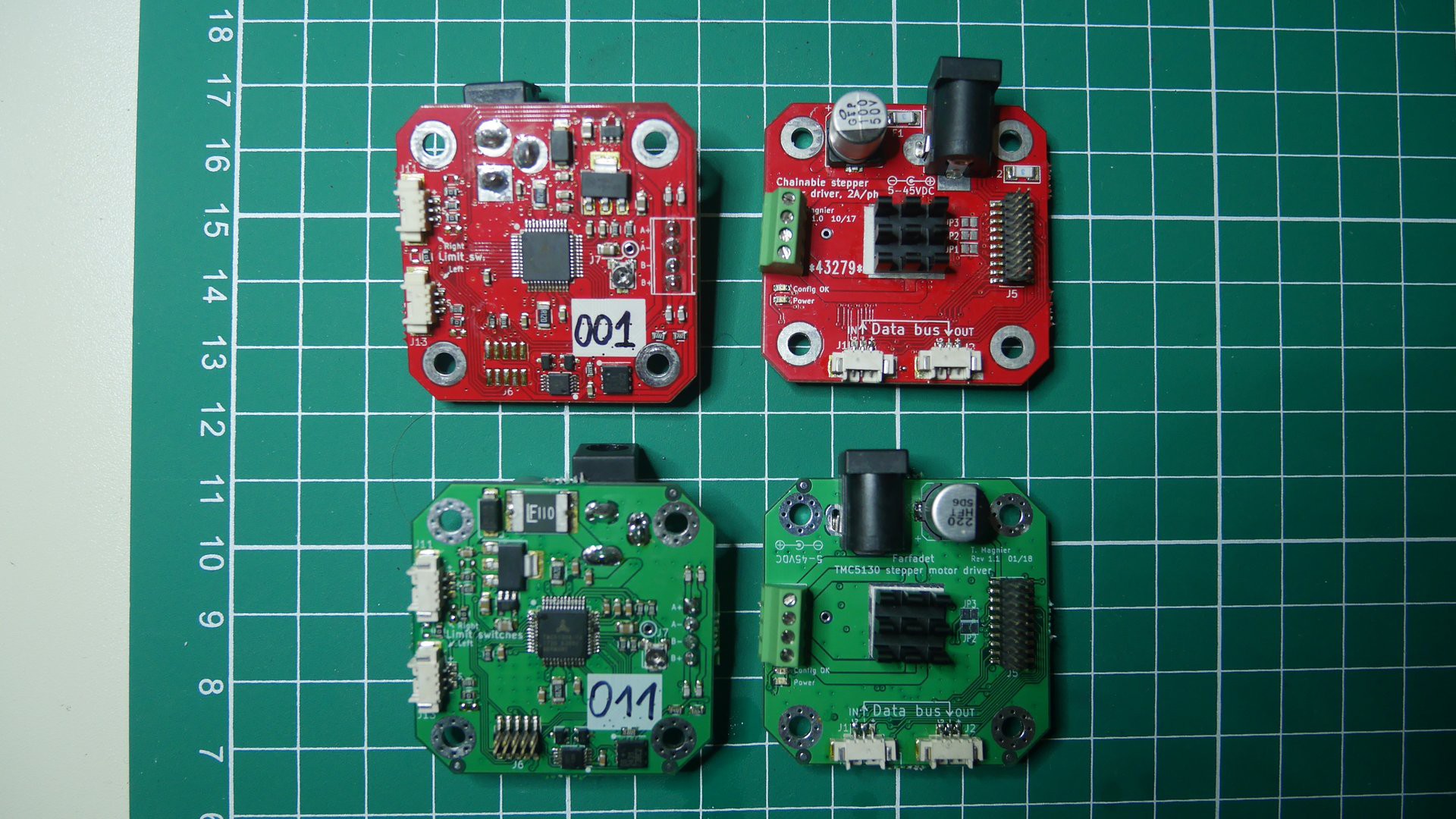
The magnetic encoder board
This board supports a magnetic absolute encoder IC from AMS : the AS5132. It has a theoretical 1° resolution and can be used to control the stepper operation and correct position in case of missed steps. Unfortunately the TMC5130 doesn't support closed loop operation so this is only for failure detection.
This board can be mounted on NEMA17 and NEMA23 motors.
The XLR connector board
Adds XLR connectors (rugged and standard in the entertainment industry) for the Farfadet data bus instead of the standard Picoblade connectors.
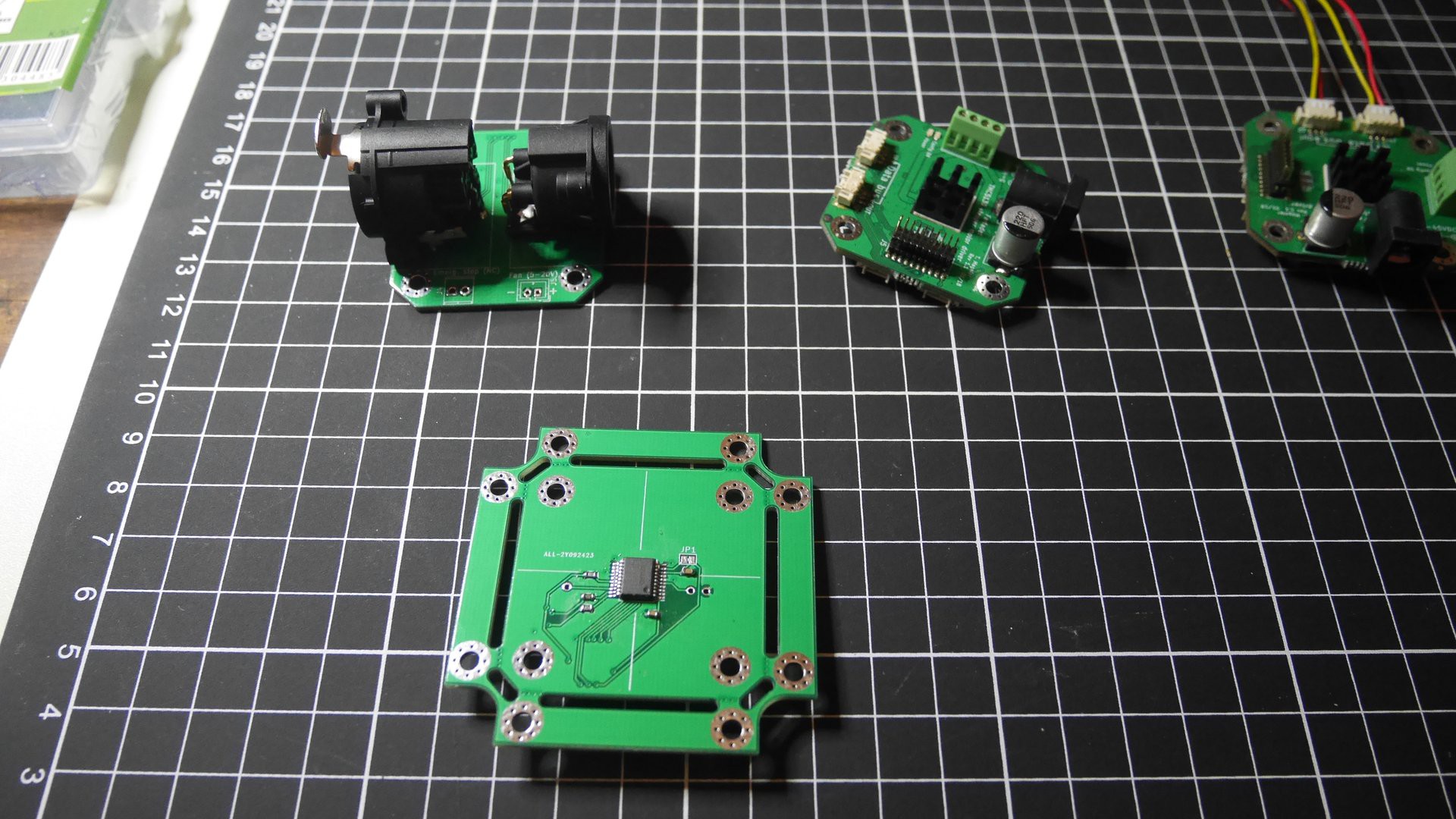
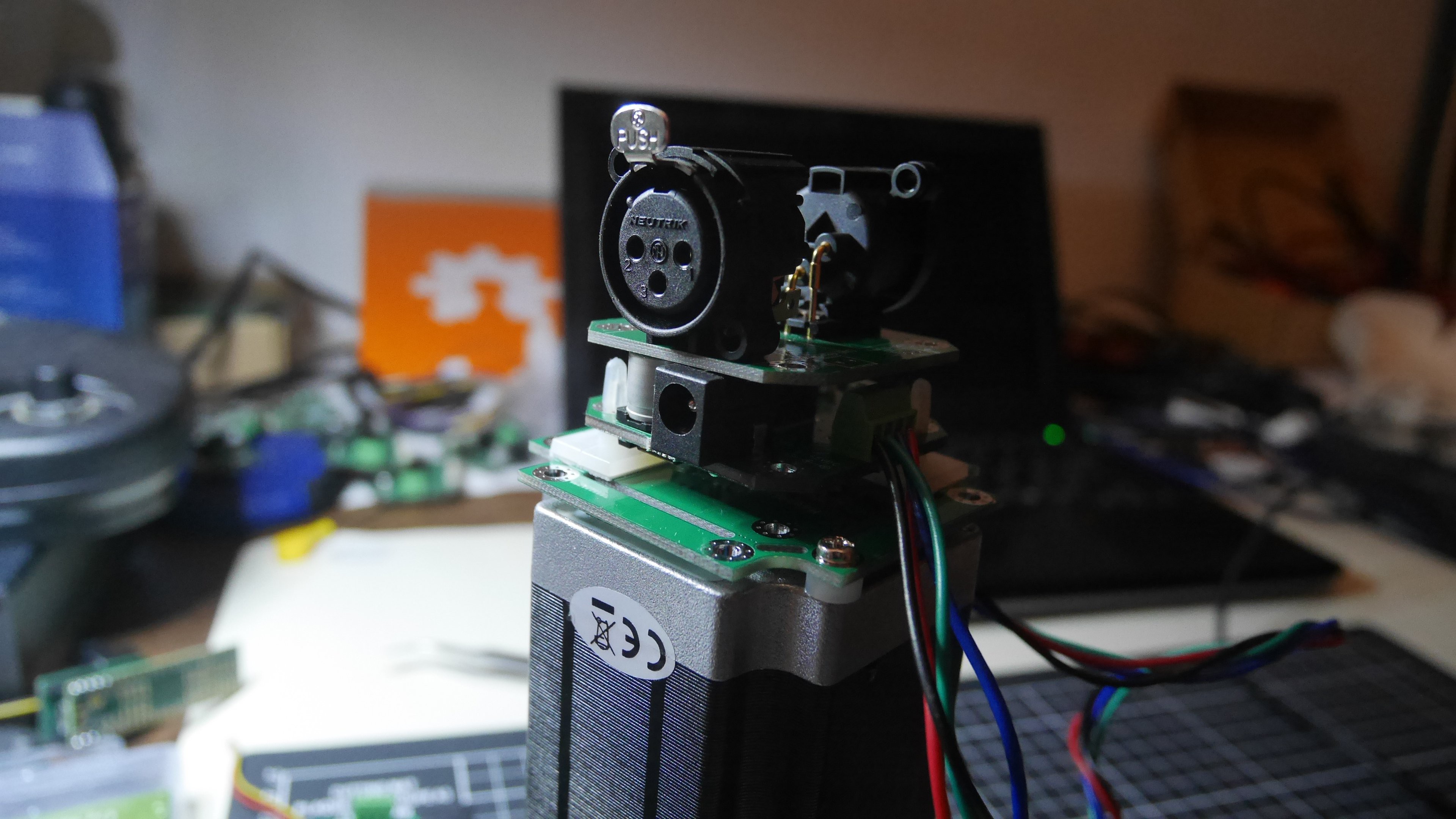
The differential transceiver board
It is used to generate the data bus for the Farfadet modules from a microcontroller. It is designed to plug on a Teensy 3.x board but could be used with any 3.3V / 5V device with a serial port.
The Farfadet data bus is a differential RS485-like bus, referenced to 3.3V. With correct cable impedance and shielding, long cable distances can be used without altering the signal.
 Tom Magnier
Tom Magnier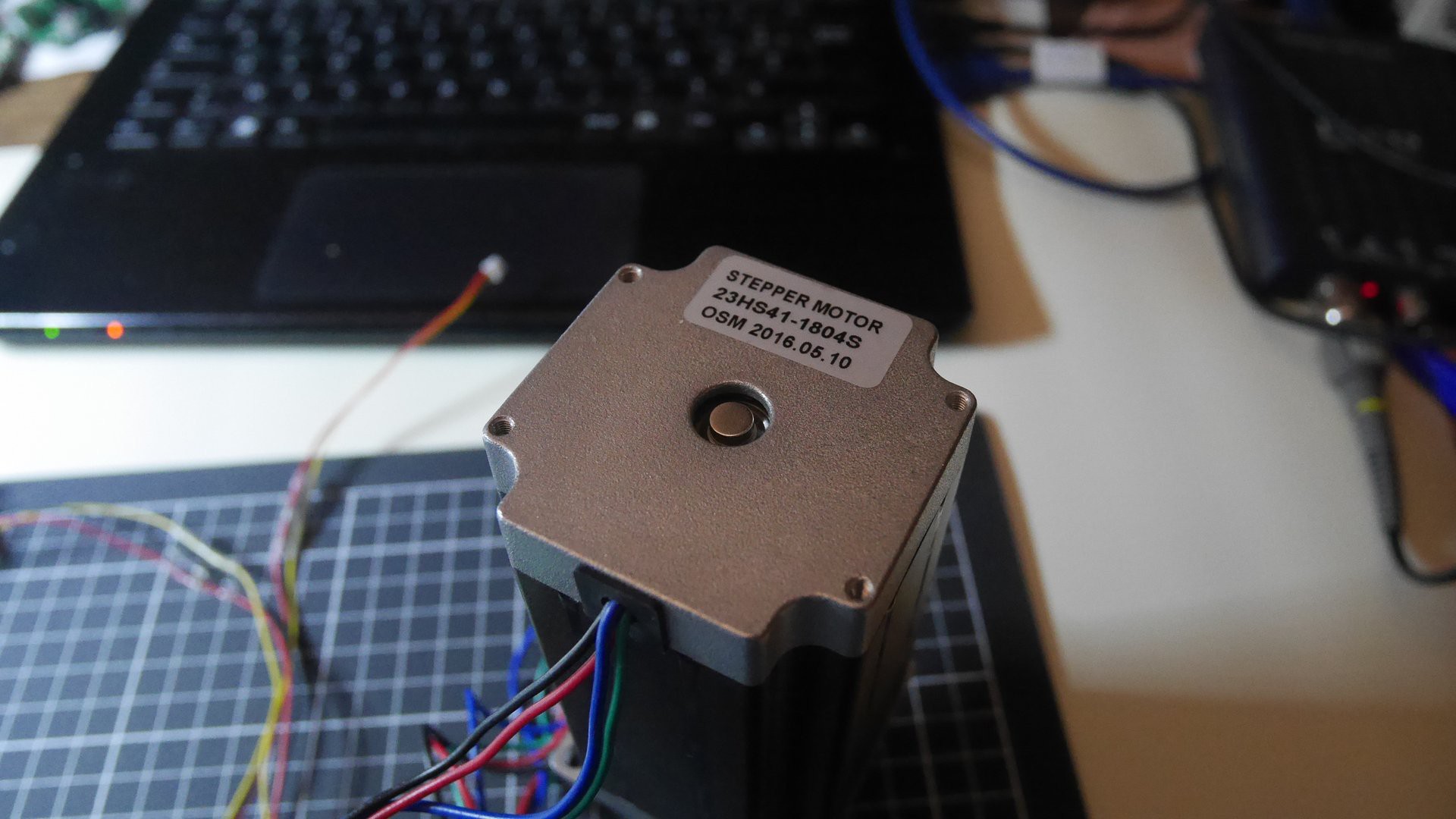
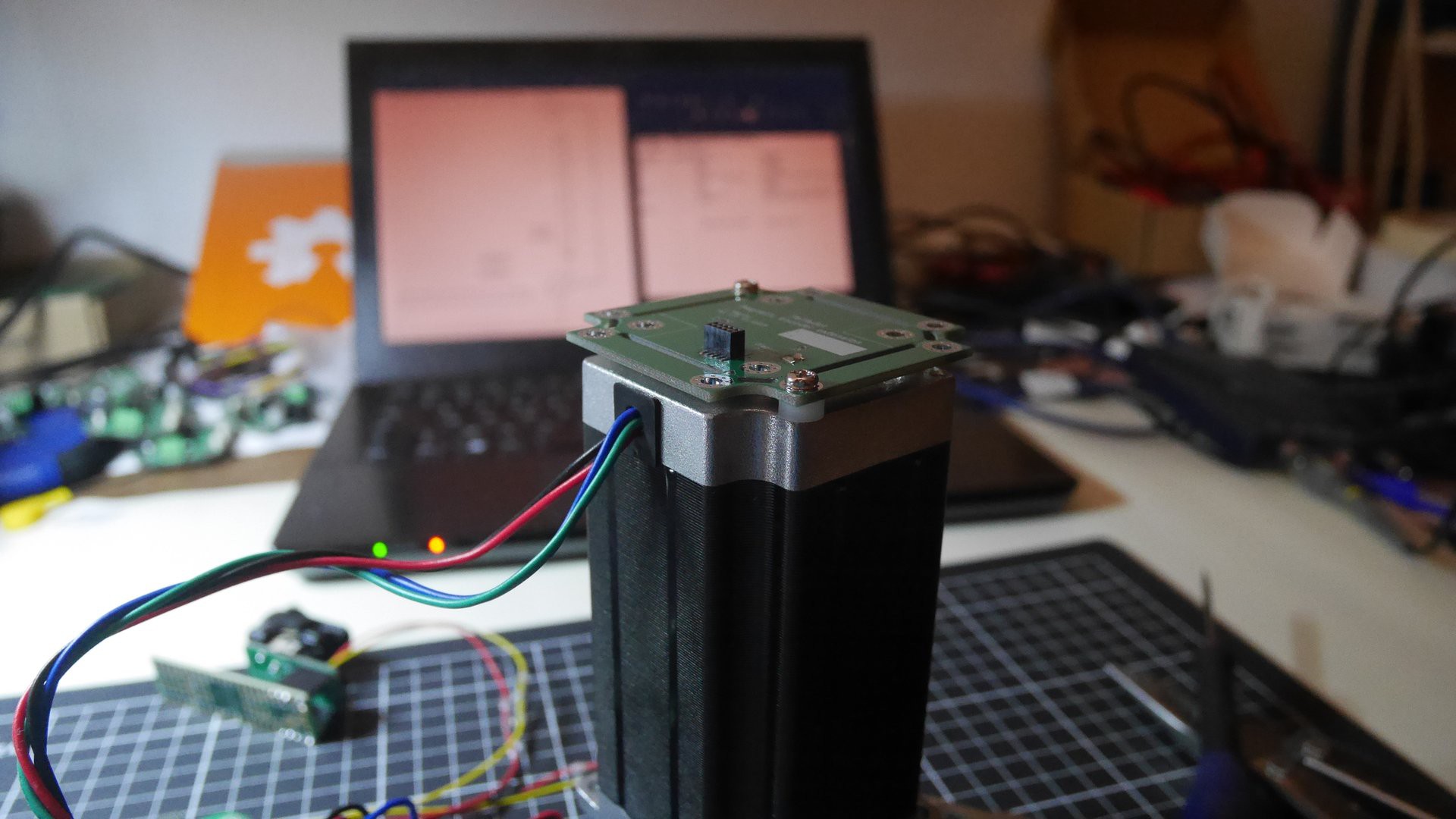
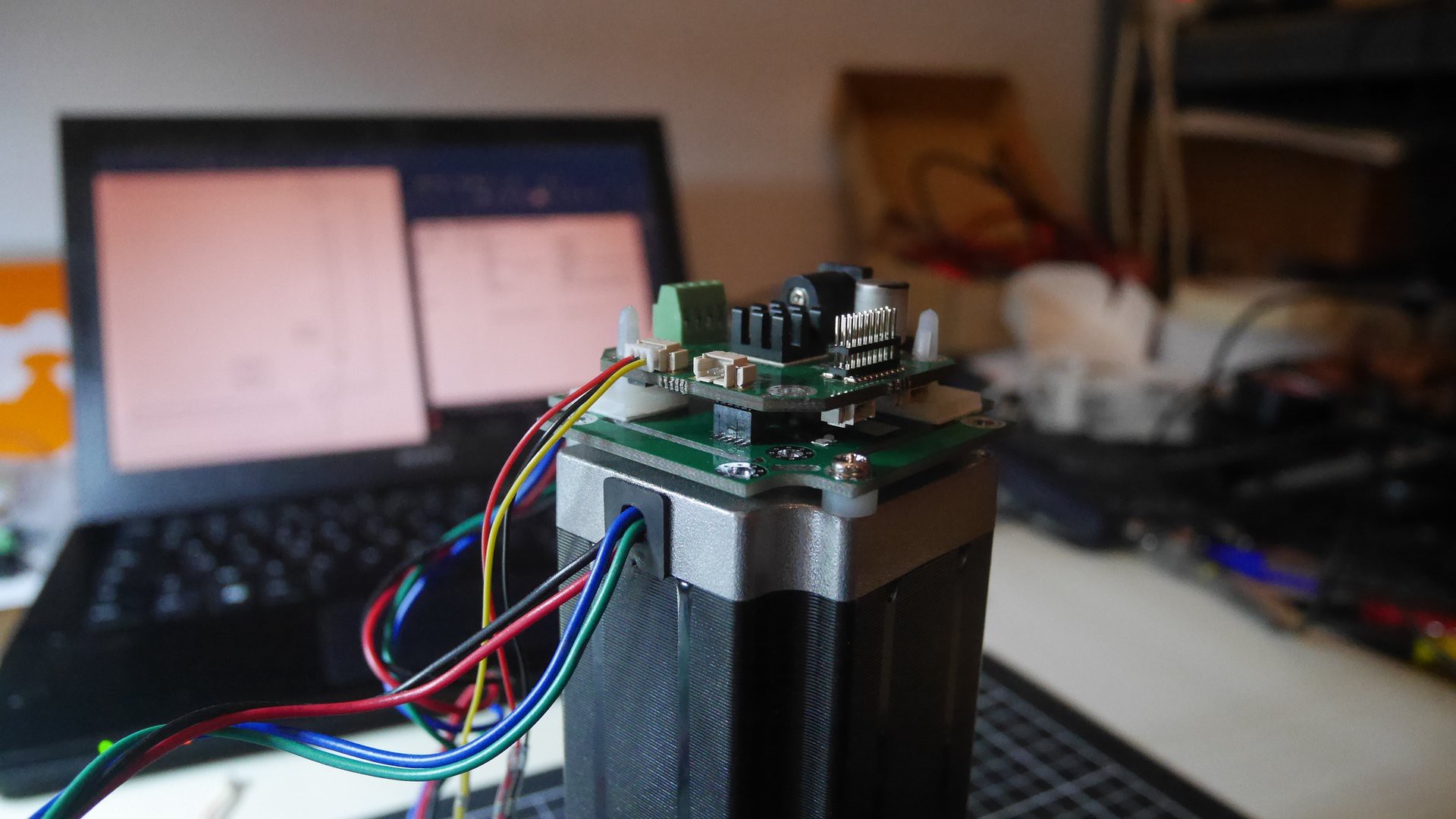
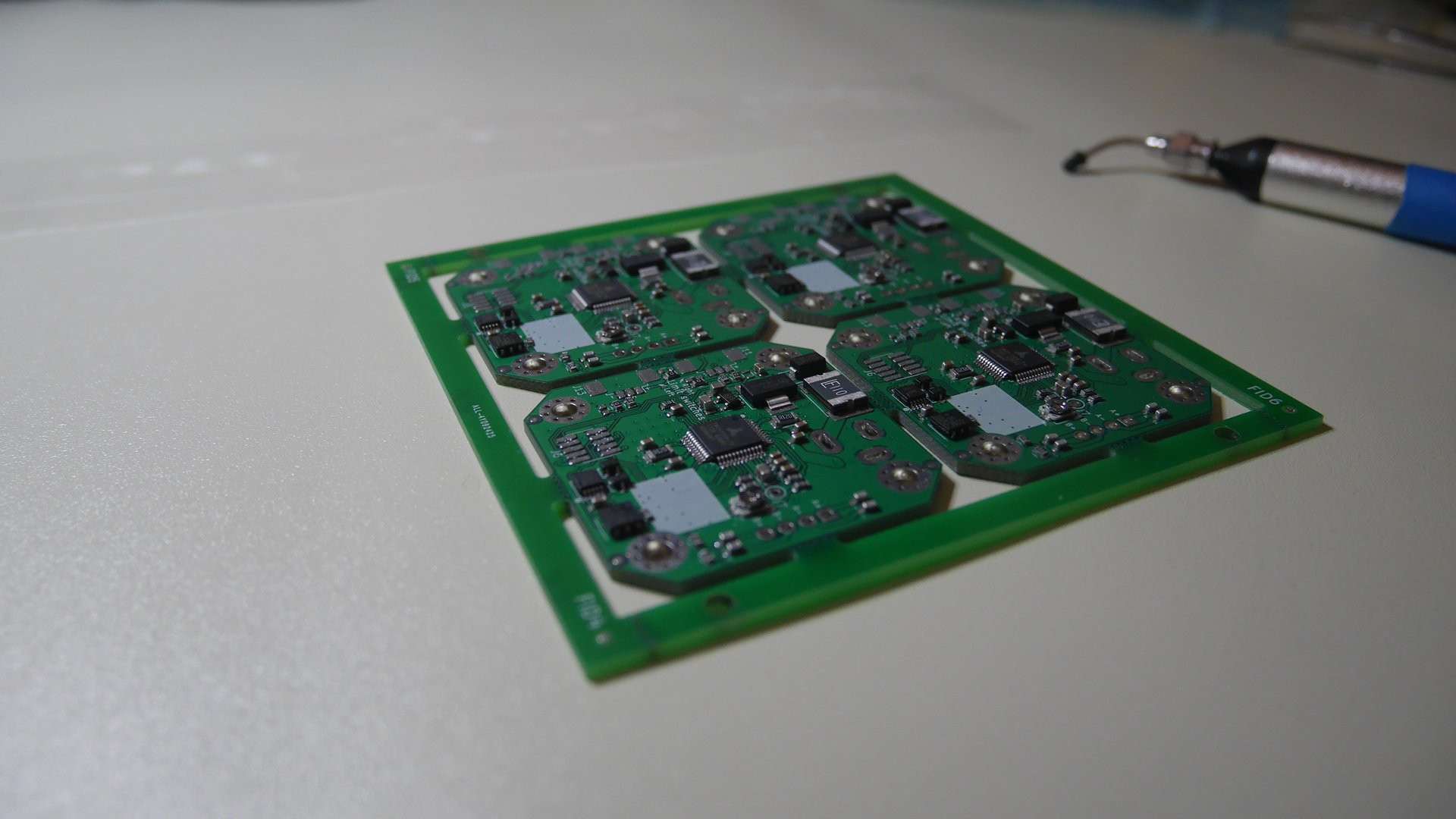
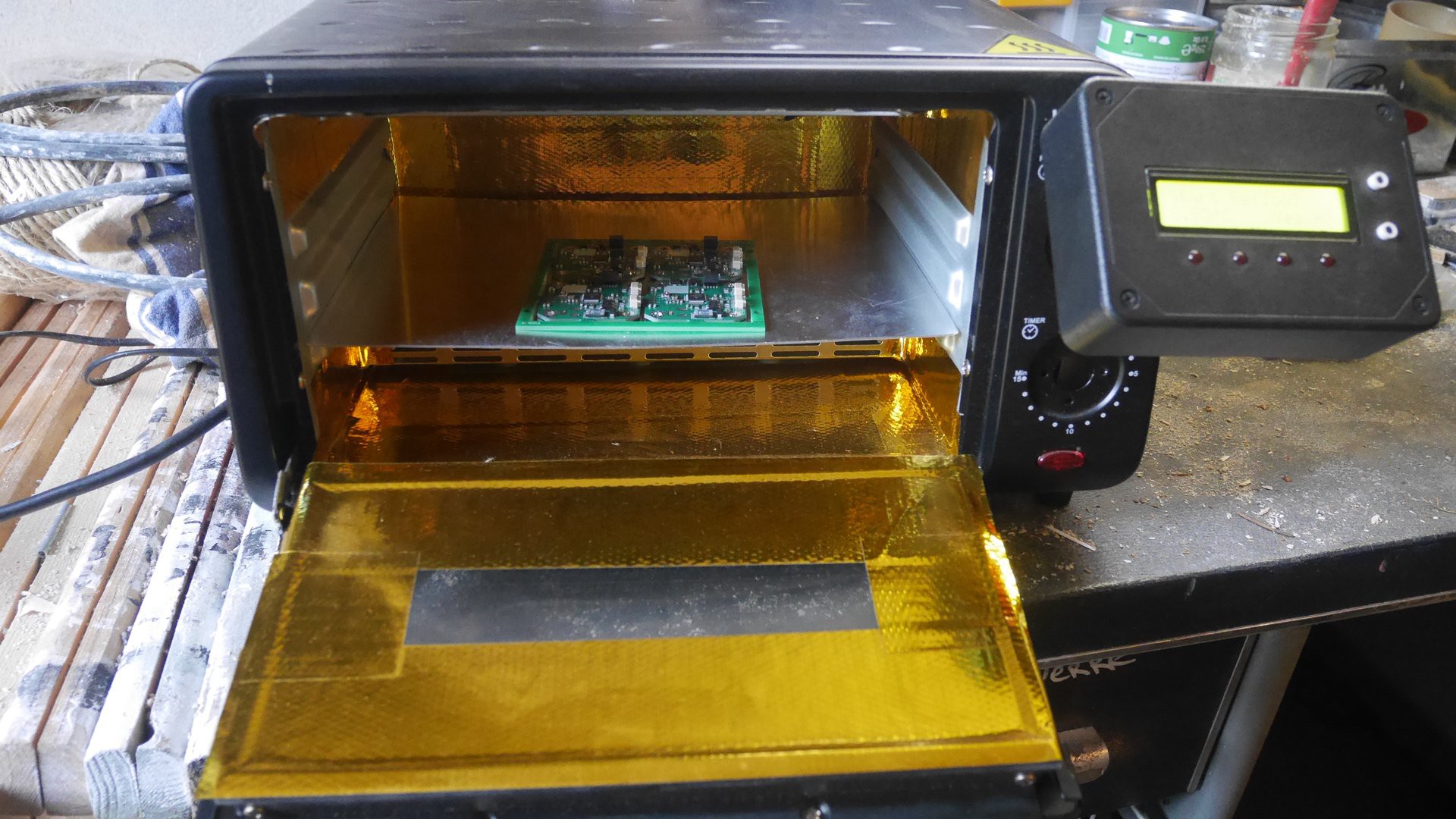
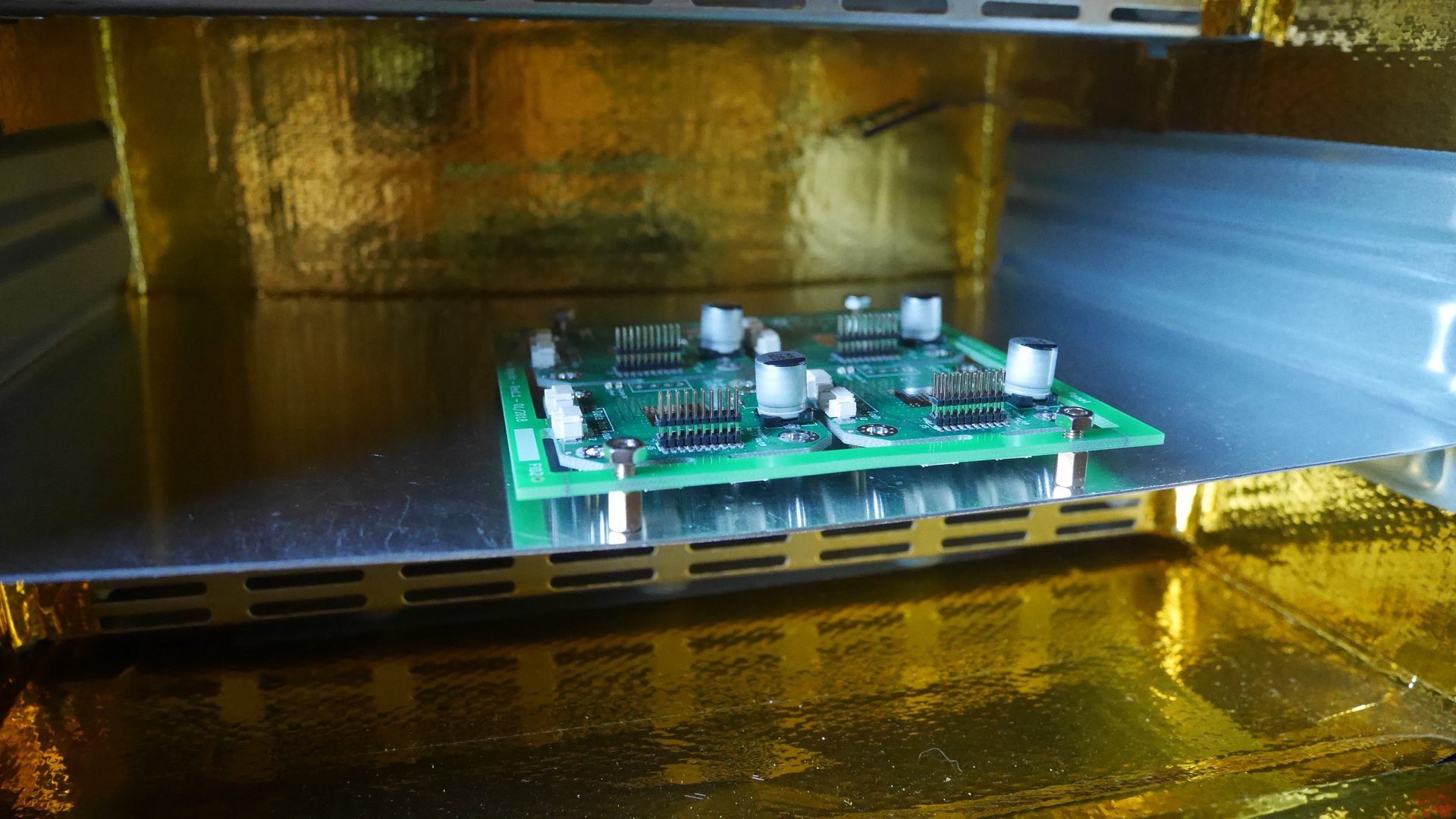

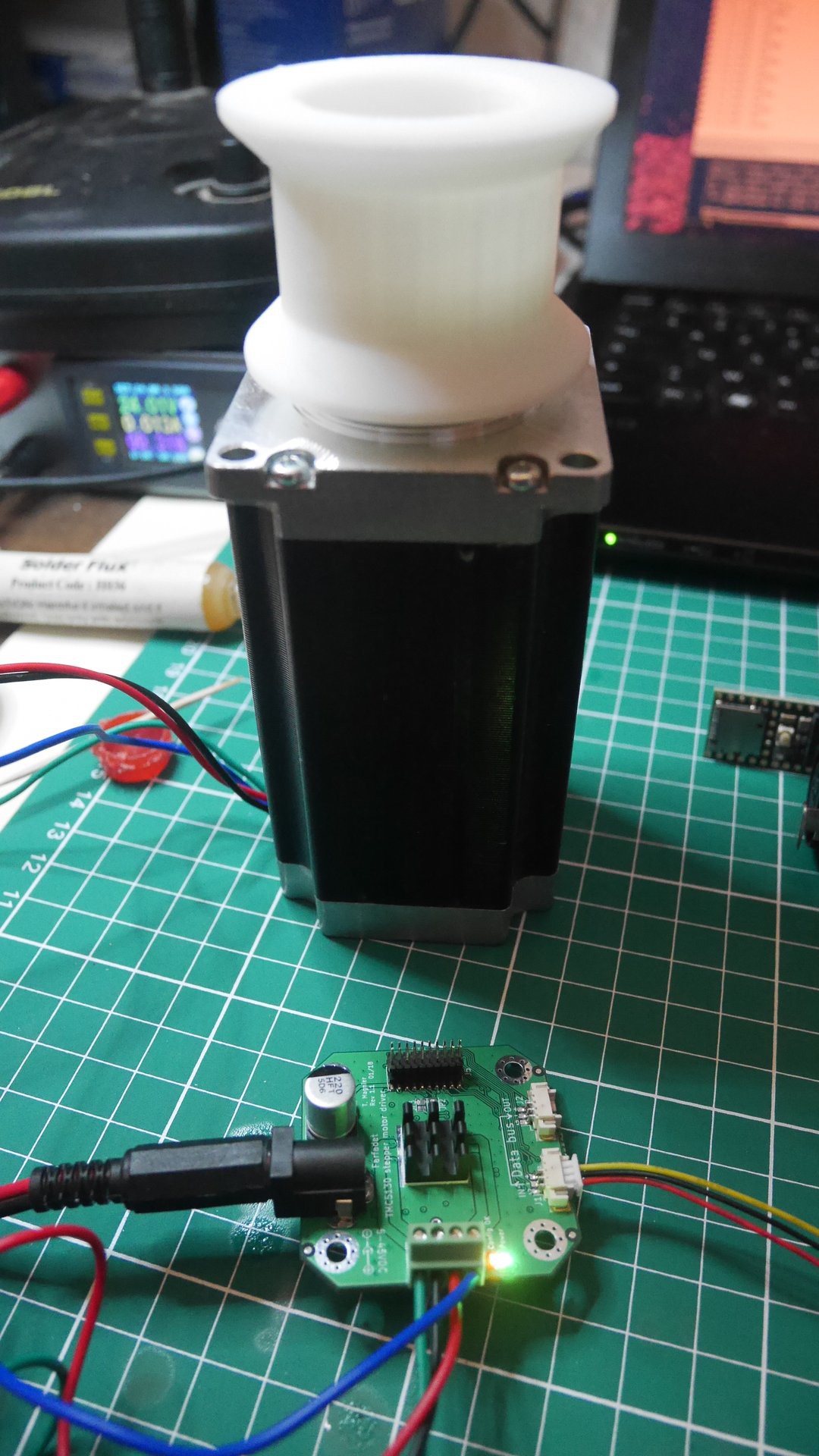
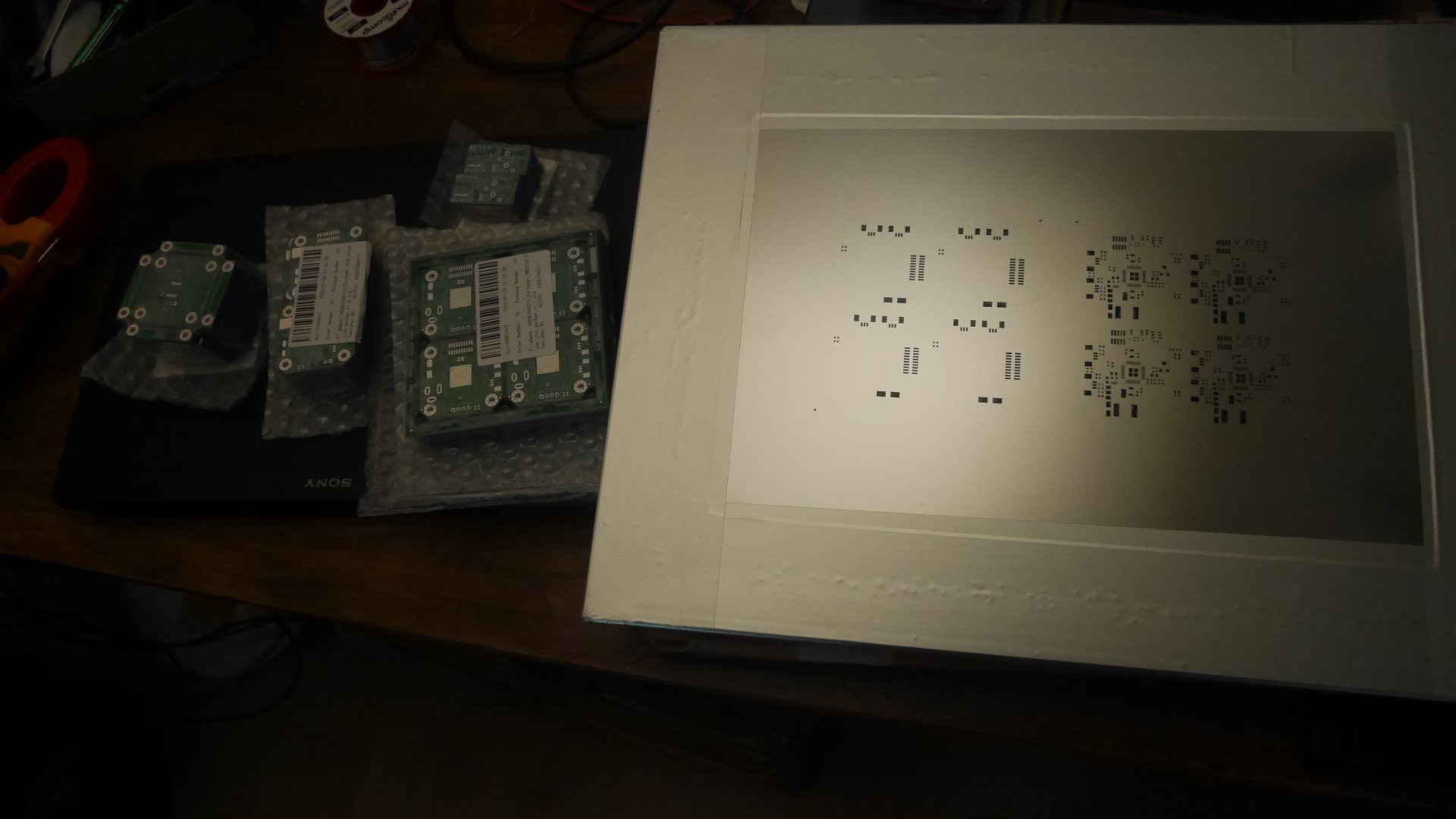
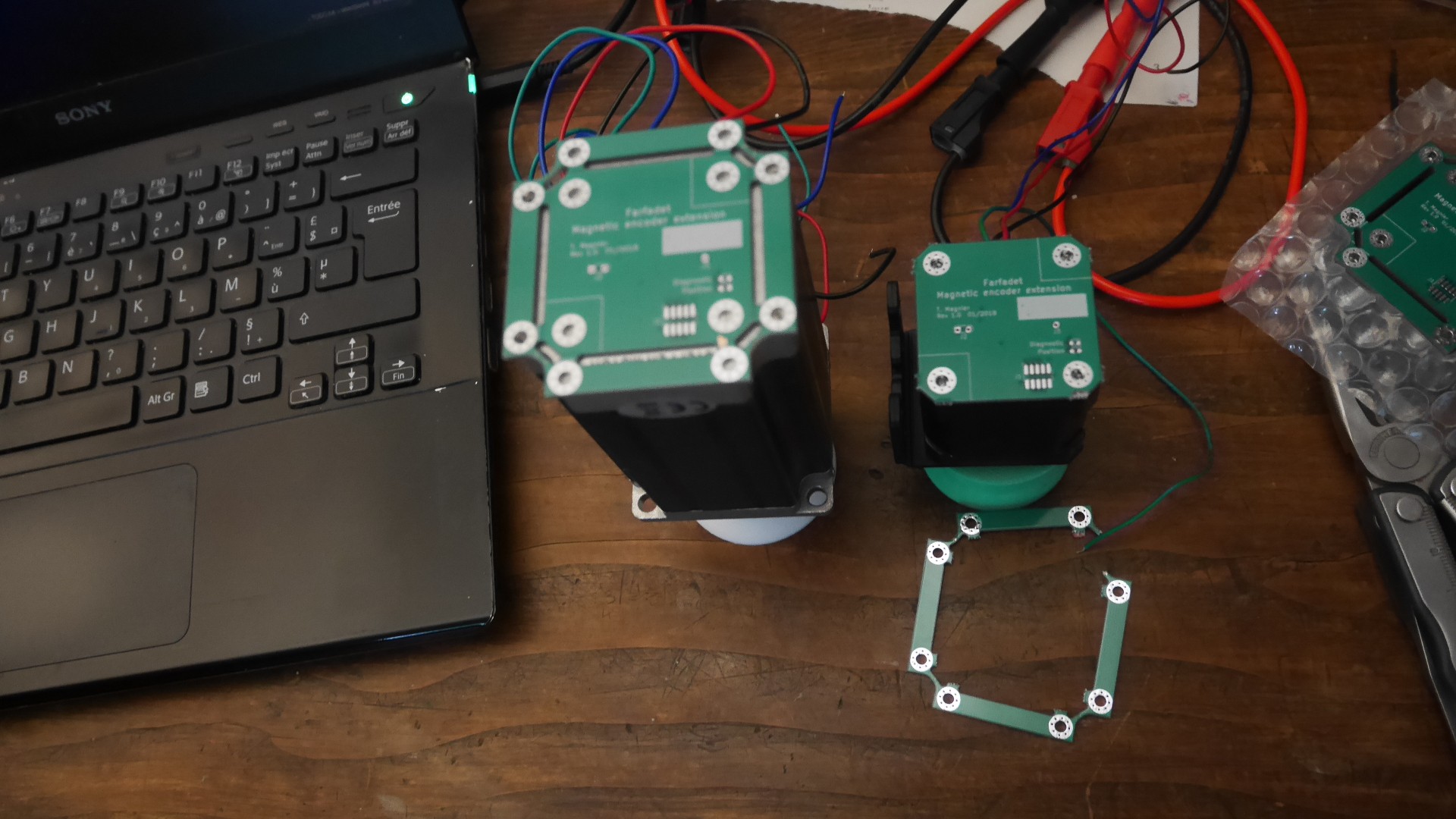


Take a look at this: https://github.com/komby/RFShowControl
DMX512 via nRF25 modules at 30Hz, good examples, and pretty hackable.
I just started documenting my usage of it, but suffice to say, making everything wireless was just as cheap as the XLR connector + serial chip. The resulting inherent isolation also let me do otherwise dangerous things like run directly off mains power with just a capacitor/zener. #RFShowControl projects